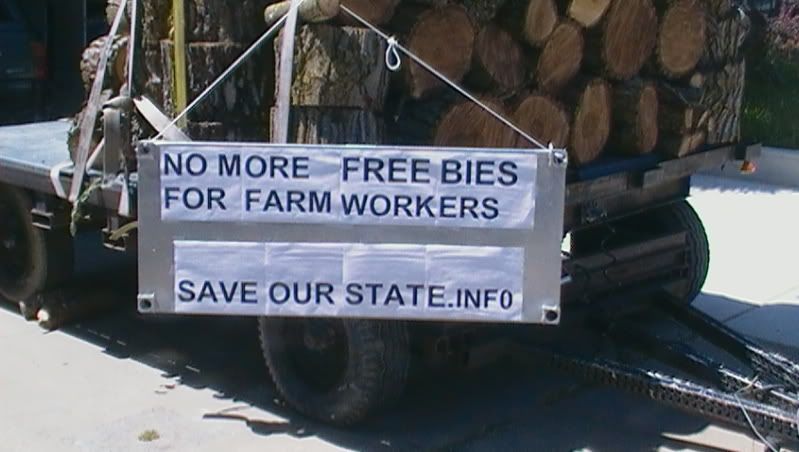1project2many
ArboristSite Guru
What type of air has the most capacity to facilitate evaporation? Cool air with high humidity or warm air with low humidity? Add air movement to that and the evaporative effect becomes greater. You disagree with this theory?
Ahh. The higher the air temperature the greater the amount of moisture the air can contain. But evaporation is fastest when the moisture to evaporate is warm and the air surrounding is dry and cool. When the surrounding air temp is lower than the water temp, energy contained in the water will cause a change from liquid to gas. When surrounding air temp is the same or greater, energy for the conversion must come from the surrounding environment. Pour water on a warm concrete floor in winter, then open a nearby door and watch the steam form.
Softwoods are less likely to do this than hardwoods. It's due to the way the wood is "constructed." Many hardwoods have pores or "vessels" that transport moisture through the length of the log.....it seems as though no matter how many times I split a round, if it still has moisture in it when tossed in the fire, the hissing and moisture comes out the ends






